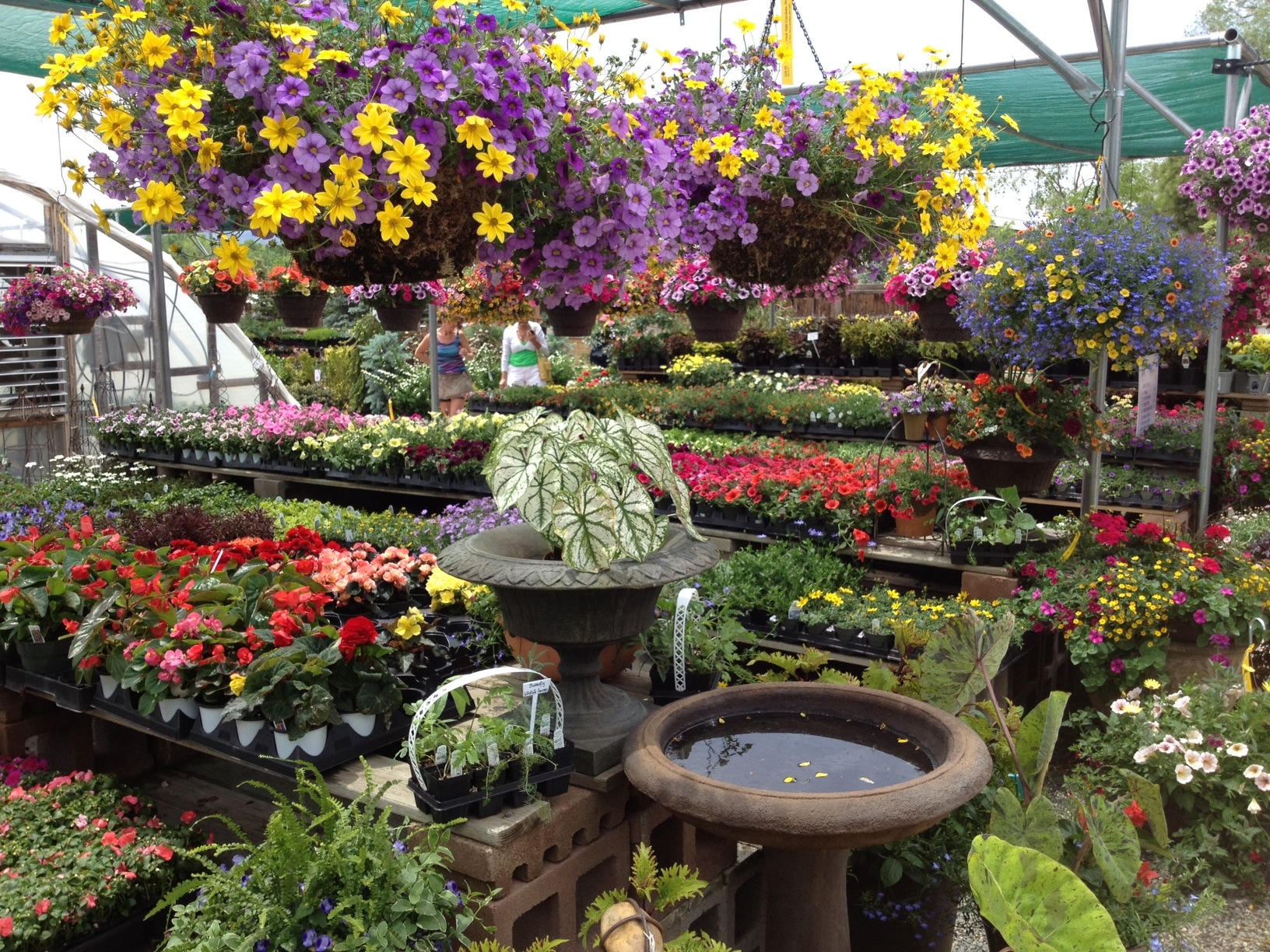Spring, an elusive season in Colorado… March 20th, 2017 ~ First Day of Spring in Denver was “refreshingly cool” with a high of 75℉ , but wait ~ April 29th “heavy snow” with a high of 30℉! To top it all off, a Frost Advisory for the metro area May 3rd. What’s a gardener to do? Throw in the trowel, perhaps. Let’s look at the “traditional calendar” seasons. As printed calendars came into use the “seasons” were conveniently broken into four, 3-month periods. Winter (December, January, February), Spring (March, April, May), Summer (June, July, August) and Fall (September, October, November). In actuality, the seasons of the year are directly connected to both the solstices and the equinoxes which are only 4 days out of 365.
The word equinox comes from Latin and means “equality of night and day.” Which translates to nearly equal 12 hours daylight, 12 hours night. The equinox occurs twice each year around March 20th (vernal) and September 22nd (autumnal). The word solstice is from the Latin solstitium, from sol (sun) and stitium (to stop), reflecting the fact that the Sun appears to stop at this time. The solstice occurs twice each year around June 21st (summer solstice) and December 21st (winter solstice) as the Sun reaches its most northerly or southerly excursion relative to the celestial equator on the celestial sphere.
First Day of Winter ~ the winter solstice (a.k.a., hibernal solstice, midwinter) occurs around December 21st. This is the day with the shortest period of daylight and the longest night of the year. We added in January and February because it’s cold, snowy. You get up in the dark and come home from work in the dark!
First Day of Spring ~ the vernal equinox occurs around March 20th when the sun moves north across the celestial equator. April and May joined in because green growing things start to appear (albeit a little too early in Denver). We can now rise with the daylight and not the dark.
First Day of Summer ~ the summer solstice (a.k.a., midsummer) occurs around June 20th. A day with the most most hours of sunlight during the whole year. This is due to the astronomical fact that the Sun is higher in the sky throughout the day, and its rays strike Earth at a more direct angle, causing the efficient warming.
First Day of Fall ~ the autumnal equinox occurs around September 22nd, when the sun crosses the celestial equator going south, again nearly equal hours of light/dark. Also, most commonly known as the ‘Goldilocks and the Three Bears’ time of the year…not too hot…not too cold…just right. We are twice blessed if the months of October and November bask in this temperate weather pattern.
In Colorado, and more precisely the Denver Metro area, we don’t really hold to a temperate weather pattern. We can always find the silver lining and the bright side to our local climate! Just think, the weather forecasters will continue to be employed, we will never lack for conversation or small talk about the weather-it happens everyday, and if we really don’t like it – stick around it will change. Better yet, align our calendar to what really occurs in our fair city. It might look like this;
Winter – April and May then again in December and January. As we know the wet, cold, and snowy days occur within these four months.
Spring – February and March. The weather pattern doesn’t behave normally during these two months, so we benefit from wearing short sleeves, pants and sandals during this time. We get to catch up on all the projects we missed out on while we were enjoying the Goldilocks season.
Summer – July and August. Only because it’s hot and dry!
Fall – September and October. The Goldilocks season. It’s a beautiful time to be a Coloradoan.
O.S. (Other Season) – June and November are ‘swing months.’ The weather doesn’t really know what season it could be…one or all of them within the same month.

